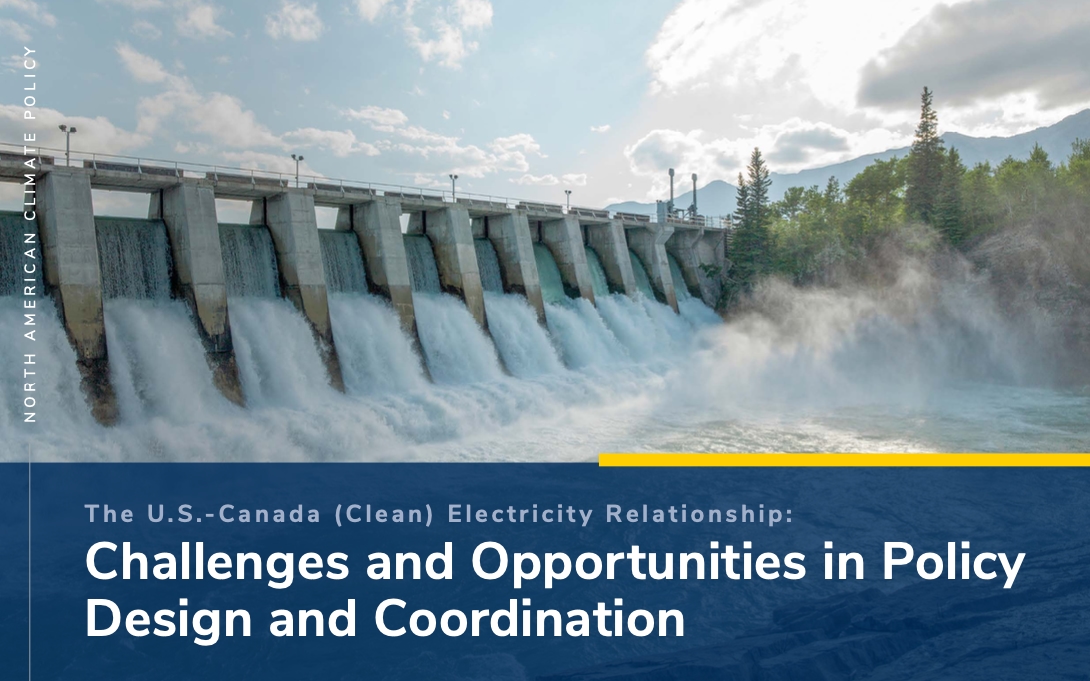This paper is part of the North American Colloquium (NAC), a collaborative venture between the Autonomous National University of Mexico, University of Toronto, and University of Michigan. Established in 2018, the NAC brings together leading academic analysts and practitioners from Mexico, Canada and the United States to address key social and policy issues facing all three countries. Each year, the three partner universities select a theme, and one serves as the host to convene joint activities throughout the year.
The US-Canada (clean) electricity relationship: Challenges and opportunities in policy design and coordination
Both the United States and Canada have made significant commitments to reduce their climate-changing greenhouse gas (GHG) emissions. But importantly, both countries have also adopted the same grand strategy to do so: “electrify everything.”

Key findings
- Certain elements of renewable portfolio standards (RPS) policy design (e.g., unbundled RECs, resource eligibility restrictions, geographic/deliverability requirements) may be at cross-purposes with the decarbonization strategies that Canada and the U.S. have committed to pursue.
- Of seven northeastern states, New York has the most permissive RPS policy when it comes to Canadian hydroelectricity, and is the most encouraging of cross-border transmission construction. Massachusetts’ RPS policy is discouraging of Canadian hydroelectricity overall, but lawmakers have mitigated these effects through separate legislation.
- Maine, New Hampshire, and Rhode Island also have RPS policies that are relatively restrictive of Canadian hydroelectricity imports and also discourage cross-border transmission construction.
- Connecticut and Vermont fall somewhere in between New York and the others.
- The various RPS policies and their provisions appear to have been designed in a siloed, uncoordinated manner, fulfilling local policy priorities without considering broader implications for international electricity transmission. As a result, they send mixed signals when it comes to the desirability of cross-border hydroelectricity imports.